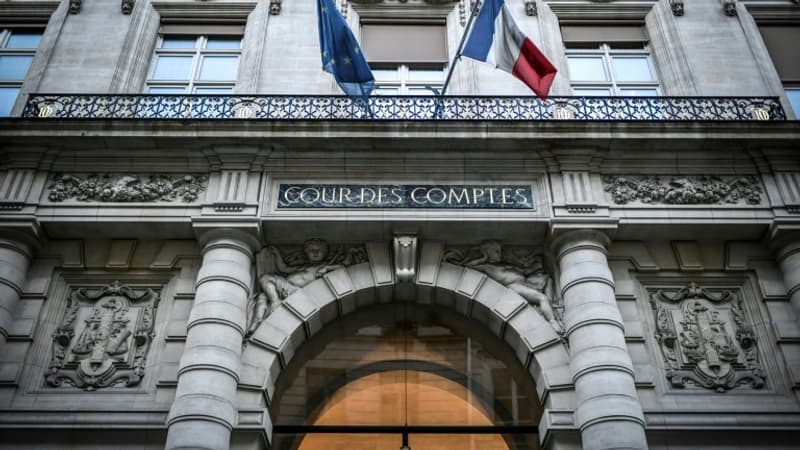The Court of Accounts urged the Government on Thursday to begin a “resolute recovery” of public finances damaged by the energy crisis, squeezing an “unambitious” trajectory of debt reduction.
After the tens of billions of euros spent to help households and businesses cope with the health crisis, the year 2022 would mark the end of the expensive “whatever it takes.” It was not counting the war in Ukraine and the increase in energy prices that led the government to take over the portfolio. “The energy crisis has prolonged the period of massive public support for the economy and households, synonymous with a still very high public deficit and debt,” says the Court of Auditors in its thick annual public report, presented to President Emmanuel Macron before of your presentation. on Friday.
One of the “most degraded situations in the euro zone”
If the electricity and gas price shield, discounts at gas stations or even the energy check allowed France to record the lowest inflation rate in the euro zone last year, these measures represent a net cost of almost 43,000 million euros in two years, to which are added another 50,000 million in health spending and economic recovery, he points out. All in a context of slowing growth. After 2.6% in 2022, the executive is betting on a gross domestic product (GDP) of more than 1% this year, a more optimistic forecast than those of the IMF or the Banque de France.
With a public deficit of 5% of GDP and a public debt of more than 111%, “the situation of France’s public finances will thus remain among the worst in the euro zone in 2023”, far from the objectives set by the European authorities , address the Elders of Cambón street.
However, the path to reduce the deficit and debt in 2027, set in a public finance programming bill rejected by Parliament, is “little ambitious”, they lament. At the moment, the government intends to reduce the deficit below the European limit of 3% of GDP, that is, two years or more behind the other main economies of the euro zone, while the debt is expected more or less at same level (110.9%).
Source: BFM TV


